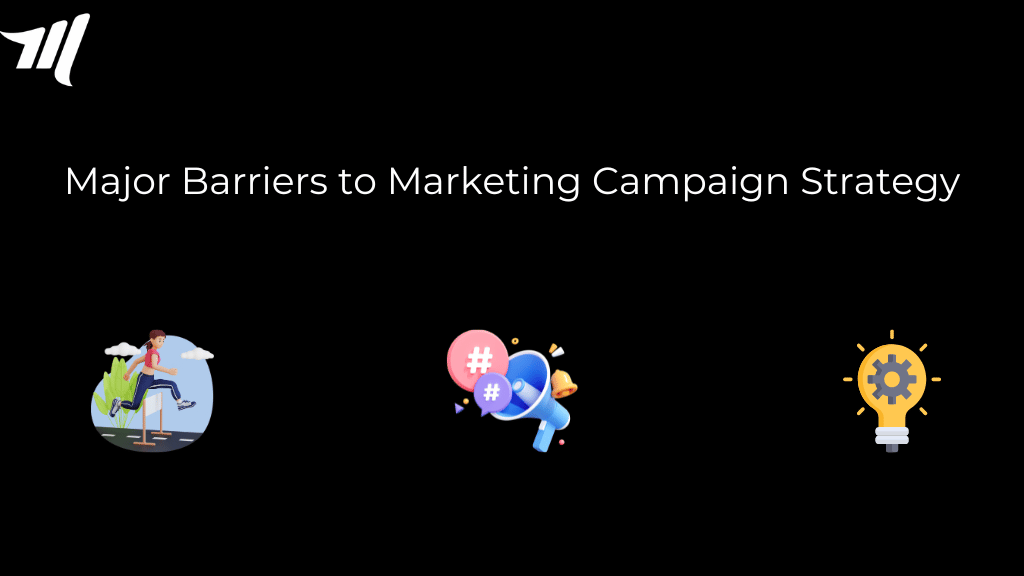There are millions of dollars at risk. Teams make competing demands. Long hours were spent in brainstorming sessions.
Marketing planning is a complicated process in corporate organizations that may easily spiral out of control when stakeholders, goals, and campaigns are not matched. Gartner has estimated that marketing budgets would shrink 15% in 2024, putting even greater pressure on marketers to plan better, maximize their costs, and generate ROI.
Before marketers fall into spreadsheets this planning season, consider these three typical issues and how to solve them.
1. Marketers don’t speak the same language
Taxonomy may not be the most fun topic for marketers, but it is hard to communicate or evaluate ROI when phrases like “campaign” imply various things depending on the team, area, or platform being used. Obtaining a comprehensive picture of marketing success requires a time-consuming deep dive into papers, email chains, and reporting systems.
How To Fix It
Marketers (and their IT stacks) must use a standard taxonomy to connect spend, campaign planning, and results. A consistent naming standard for marketing initiatives, programs, and approaches will save you a lot of hassles and time.
2. There are too many (negative) budget shocks
When asked what funding is available or has already been spent on certain programs, most marketing teams take days (or weeks) to provide a clear answer. This is because budgets are frequently dispersed among static spreadsheets, unconnected from the tools used by finance, and are not always updated as new expenditures are committed or spent. This reduces marketing agility and undermines the trust that marketing is prudently managing vital financial resources for their initiatives.
How to Fix it
Marketing organizations must shift away from spreadsheets and towards a centralized campaign planning tool that is coupled with financial systems. By simplifying and automating the reconciliation process, marketers may gain an accurate, real-time perspective of their actual vs. committed expenditure and allocate available cash more quickly to top-performing initiatives.
3. It is hard to put everything into one calendar
Calendar elements in marketing tools are often focused on content—social, video, and articles. As a result, conveying higher-level campaign ideas to multiple teams and locations is frequently done via PowerPoint presentations, email chains, and project management systems that must be constantly updated. This makes gaining a sense of what’s in flight across marketplaces a complex best estimate rather than a clear, precise image. And when you don’t know what’s been launched or will be introduced soon, it’s tough to coordinate advertising and track results. It is also difficult to understand team capacity, performance concerns, and project schedules.
How to Fix it
Marketers want a single marketing calendar that can record and track actions in real-time to have a live perspective of current campaigns. More significantly, it should be filterable by several tags such as location, goods, audience, and messaging so that keeping in the loop and conveying change across different regions and levels of the organization takes minutes rather than hours (or days).
These are just a few of the challenges that might arise during the complicated process of marketing planning in enterprise organizations, particularly when teams do not use marketing planning tools.
Source- Marketingdive





